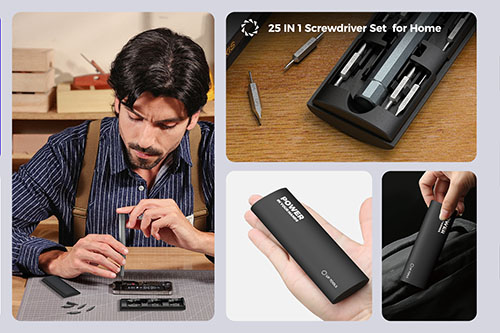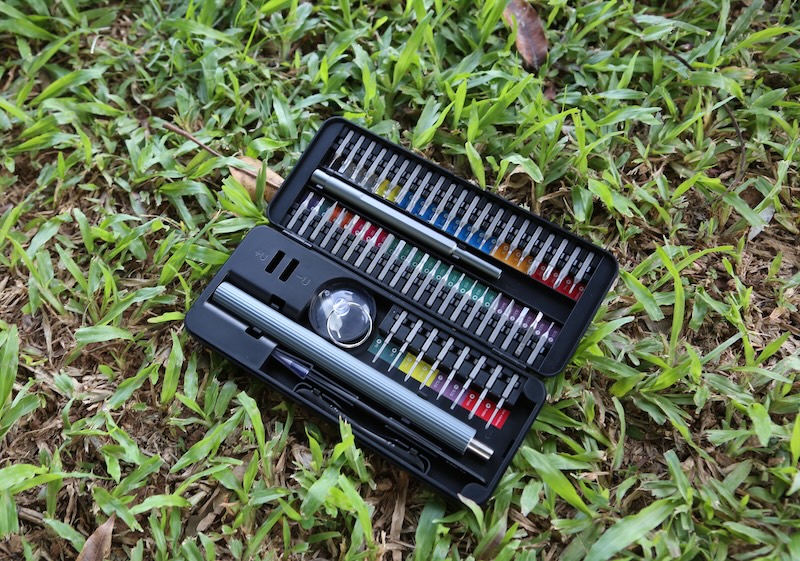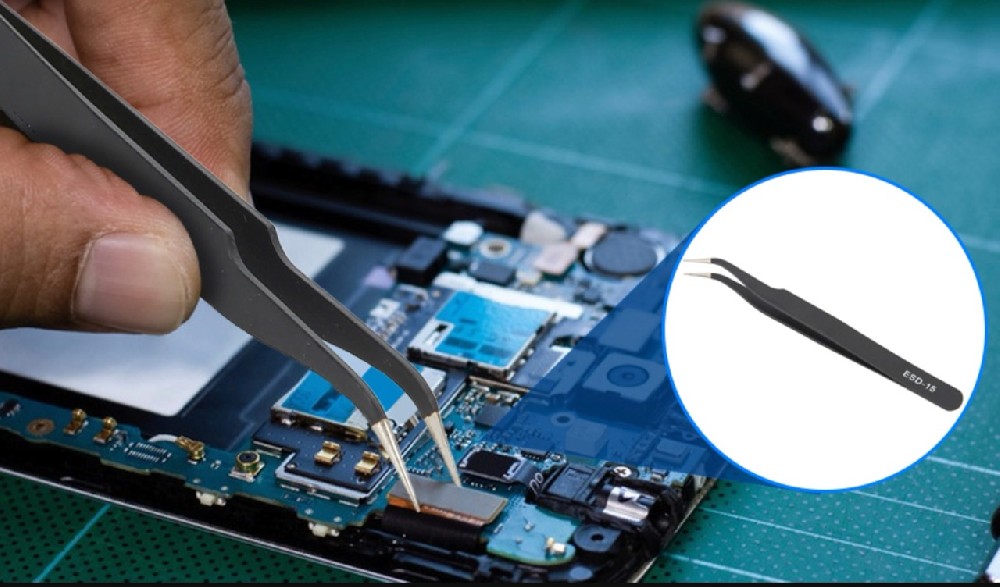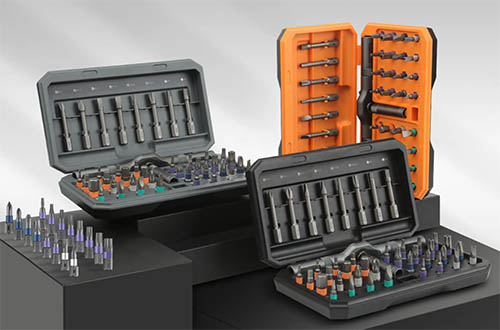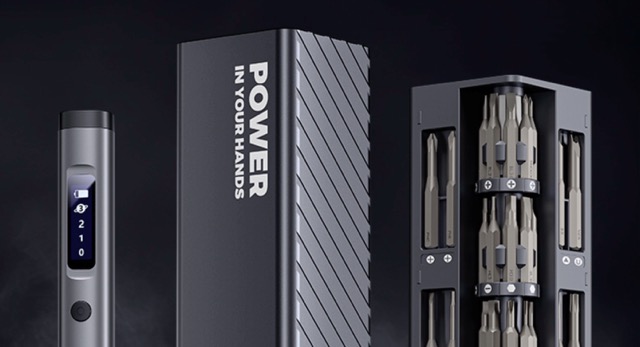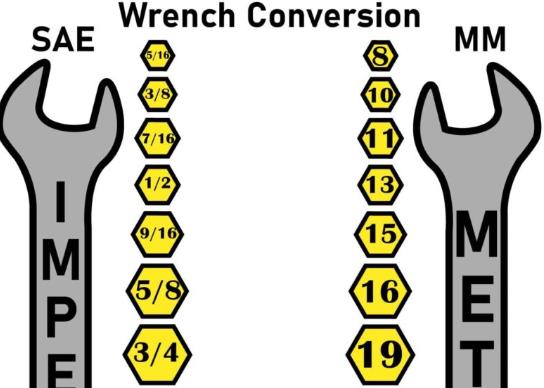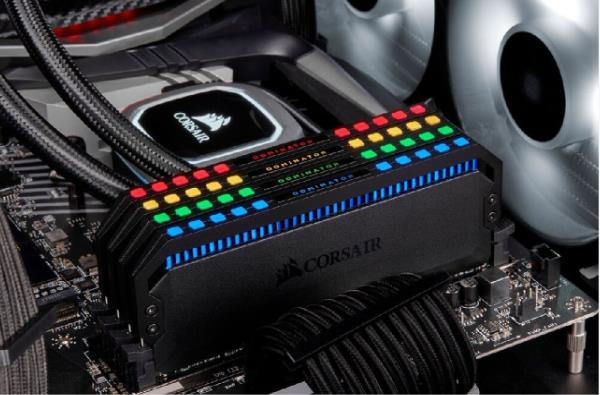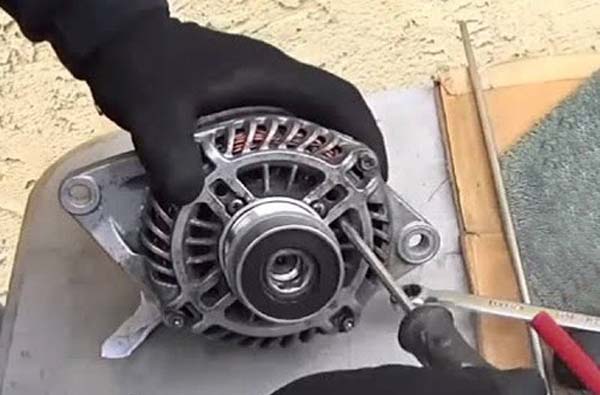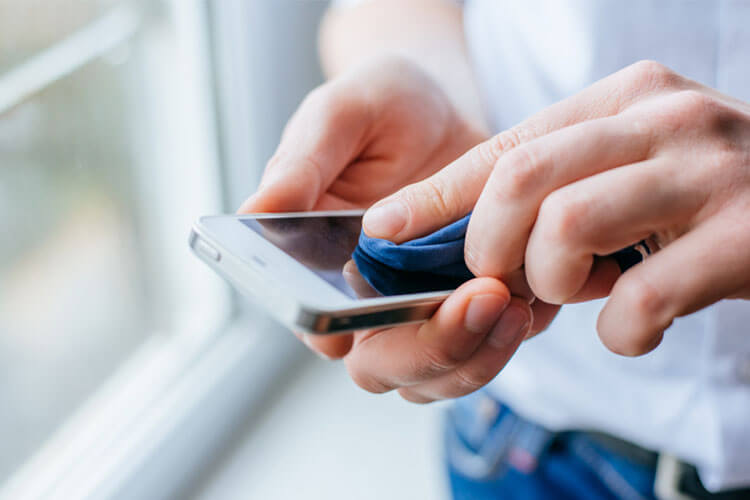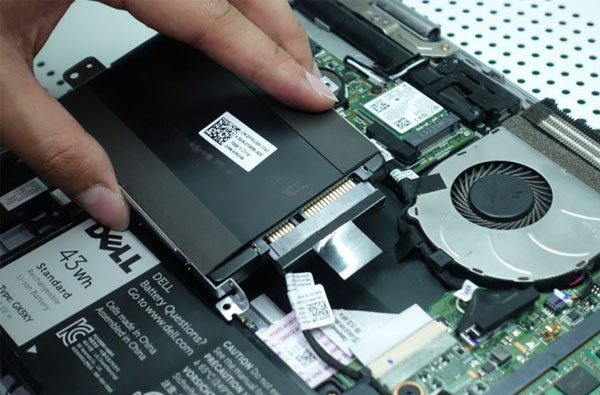How to replace your iPhone’s battery
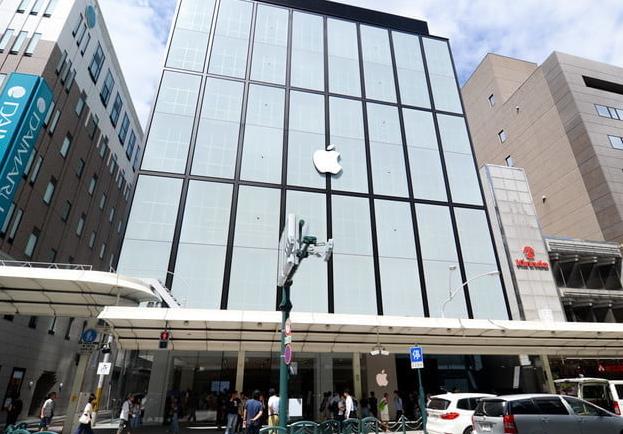
After the throttling scandal of 2017, many Apple users became interested in subverting the slow-down. While you can turn off performance throttling — which purposefully slows down devices with aging batteries — it’s far more effective to replace your iPhone’s battery. Getting a professional battery replacement is the simplest choice, but you might want to save money and upgrade it yourself, if you’re feeling confident.
This guide will walk you through the process of getting your new battery, either through Apple or on your own. We’ll also help you better understand how phone batteries work and how throttling affects your phone’s performance.
How batteries work




Before you make any decisions, you should understand what happens to your iPhone battery over time. Lithium-ion (Li-ion) batteries, the type the iPhone uses, are considered consumables because they are known to degrade over time. It’s not a quality issue, it’s just the way they operate. Battery age is measured in battery cycles: One cycle equals draining the battery to 0% and completely recharging the battery to 100% one single time. This can take any amount of time since you will not drain your battery to 0% and back up to 100% every single day. It may take a day, two days, or even longer more to complete a battery cycle.
The iPhone packs an estimated 500 battery cycles before it starts to degrade, meaning if you own your phone for two or more years, you will have charged enough battery cycles to degrade the battery to just 80% of its full capacity. When the amount of charge the battery can hold diminishes, you’ll find your battery drains faster and must be recharged more often.
Battery age is not only dependent on time, but also on how you use your phone and the effect your use has on battery lifespan. As batteries degrade, it is reflected in your phone’s performance and the ability of the phone to access enough juice to do the things you want. With iOS 11or later, you can check the general life of your battery under Settings > Battery > Battery Health > Maximum Capacity. You can also check charge levels for the last couple of days and even the percentage of time you spend on each app on your phone. This will help you decide whether or not to invest in a new battery.
Replacing the battery via Apple

Trevor Mogg / DT
The most convenient and reliable way to replace your iPhone’s battery is to do it straight through Apple. Simply swap out your old battery for a brand new one. For iPhone X, XS, XS Max, XR, 11 Pro, 11 Pro Max, iPhone 12, 12 Pro, and 12 Mini, the cost is $69 for an out-of-warranty model not covered by AppleCare+. For an iPhone SE, 6, 6 Plus, 6S, 6S Plus, 7, 7 Plus, 8, 8 Plus, and all other eligible models, the out-of-warranty price is $49. Phones still under warranty or covered by AppleCare+get free battery replacements. We recommend going the Apple route, as you won’t void your device’s warranty or risk damaging your iPhone by replacing the battery any other way. This also ensures that you receive a true Apple battery and not an after-market alternative.
Another easy way to start the process is to head to the nearest Apple Store, which could either take one visit or a few days. Best Buy is now also an authorized Apple repair provider, so if there are no Apple Stores nearby, Best Buy is a good alternate option. With the addition of Best Buy, eight out of 10 Apple customers live within 20 minutes of an Apple-authorized service provider.
If you’re in a more remote area where there are no authorized repair centers, you can always ship your iPhone to Apple for the battery swap, but the process will takequite a bit longer, as you’ll need to wait for Apple to send you a box to ship your iPhone in, send it, have Apple replace the battery, then ship it back to you.
Tip: You can make an appointment at your local Apple Store ahead of time through the Apple Store app on your iPhone or iPad, as well as on the Genius Barwebsite.
Replacing the battery yourself
It is possible to replace the iPhone battery yourself, but it’s not for the faint of heart. You should know iPhones use strong glue, and there are different parts you will have to remove to access the battery. It’s time-consuming, there is a risk of damaging your phone in the process, and you will absolutely void any warranties remaining on your iPhone. Doing it yourself will also affect the integrity of the waterproof capabilities that Apple added, starting with the iPhone 7and iPhone 7 Plus.
You can find in-depth instructions, as well as kits with necessary tools for replacing your iPhone’s battery, at websites like iFixit. Replacement kits are available for around $35. It’s chapter than shipping your phone to Apple for a battery replacement, but the kits’ success isn’t guaranteed, and you’ll need to buy a new phone if you damage yours in the process. iFixit offers guides for iPhone 6, iPhone 6 Plus, iPhone 6S, iPhone 6S Plus, iPhone 7, iPhone 7 Plus, iPhone 8, iPhone 8 Plus, iPhone X, iPhone XS, iPhone XS Max, iPhone XR, iPhone 11, iPhone 11 Pro, iPhone 11 Pro Max,iPhone 12, and iPhone 12 mini.
Getting your battery replaced at a third-party repair shop
Taking your iPhone to a third-party repair shop can be a great solution but should be approached cautiously. These shops typically offer quality repairs at a much lower cost than Apple’s, but you’ll have less guarantee of the outcomes and warranties. Since a repair shop is more of an unknown, be sure to look into ratings and reviews. You’ll usually get a good deal since they need your business, but it will likely be outside of a warranty. Overall, you won’t have the same level of quality guarantee as you do with Apple.
If you are looking for a professional screwdriver manufacturerto customize your precision screwdriver set, feel free to contact us today! We provide high-quality, customizable toolsfor various repair needs.

